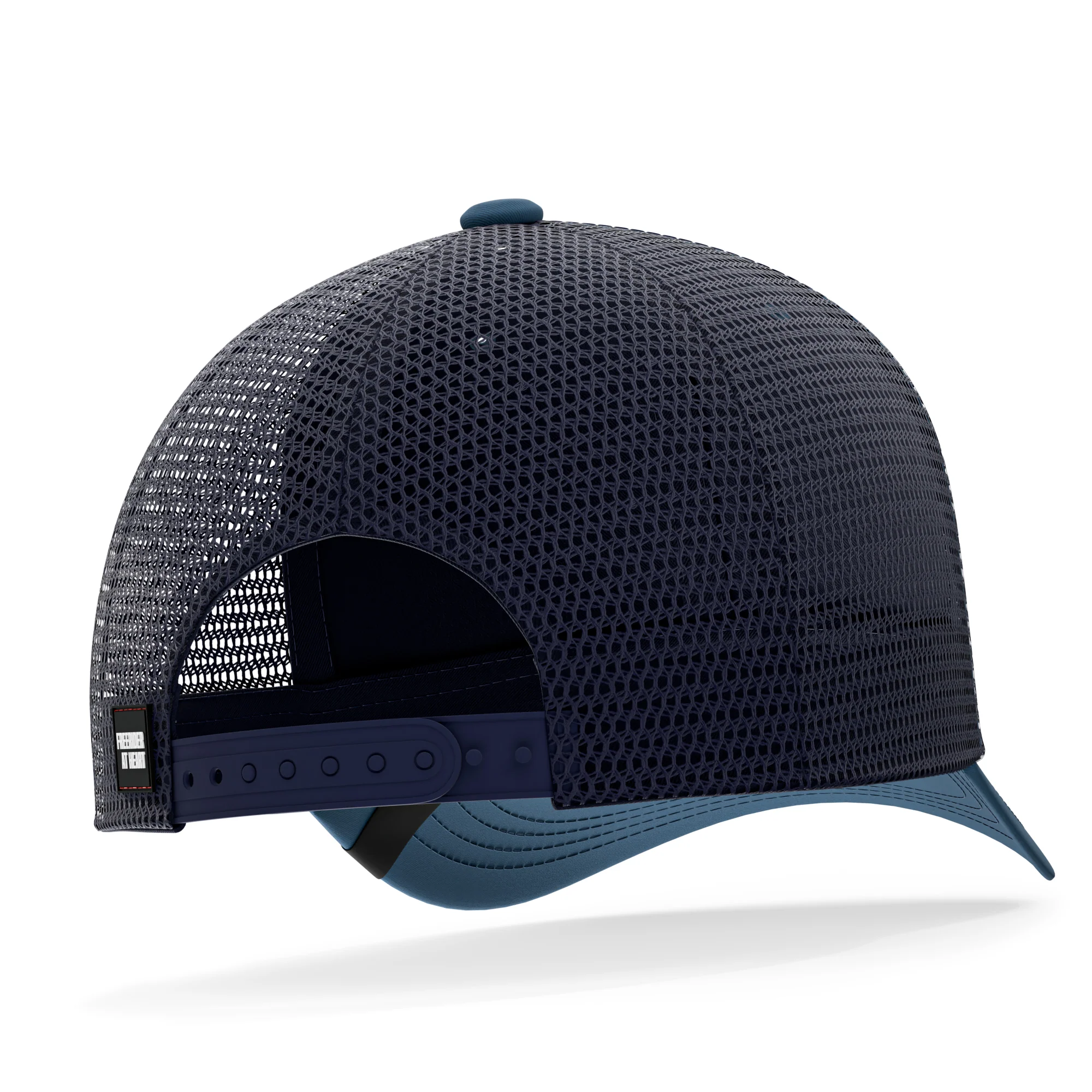Kitesurfing was born as an alternative to windsurfing. It can be said that this sport that is so addictive and that has so many followers today was born in the 80s of the last century. Thus, as you can see, kitesurfing is a really young sporting activity, although it is true that if we wanted to go back to the embryo of this spectacular sport we would have to go back a long way in history, specifically to the 12th century, since it was in China and Indonesia of that time where the embryo of what is today a sport practiced by thousands and thousands of people is found.
From the kites that were pulled by small boats from China and Indonesia in the past to the modern equipment of today consisting of a kite, a steering bar, a harness, a board and the support ropes, as well as all the accessories that can be used (wetsuit and booties, helmet, life jacket, sand buggy or all-terrain skateboard, etc.) a long time has passed, a time in which both the foundations of this sport and its development have not stopped evolving.
But as was said, it is not really until more recent history where we can really find the closest thing to what we understand today as kitesurfing, specifically we must go back only to the year 1977 to find the invention and patent of a surfboard that is propelled by traction by an element that could be considered very similar to the parachute, and that in turn, is propelled by the wind.
So it could be said that 1977 was the year of the father of kitesurfing, but it was not until a few years later, right at the beginning of the 80s, when an American, Dave Culp, designed the first kite with an inflatable leading edge. And it is from this moment, from Dave Culp's development that was preceded by the aforementioned patent from 1977 by Gijsbertus Adrianus Panhuise, that the evolution of this sport has been unstoppable and its technical development impressive.
For example, during the 1980s, the Leeganoix brothers introduced a variant that has survived to this day, as they introduced the modality of attaching a kite to skis to drag them along. And then, at the end of the 1980s, another revolutionary change came to kitesurfing: kites capable of riding close to the wind arrived, led by Cory Roeseler.
Finally, from the 1990s to the present day, kitesurfing has entered a phase of professionalisation and unstoppable popularity. With this, the areas where you can practice surfing have multiplied, as well as the schools where you can learn it, the shops where you can buy equipment and many other complementary offerings around it. In the same way, the championships of this sport began and the first champions of the sport were born, until today, when there is a great variety of professional and amateur kitesurfing followers.

















































